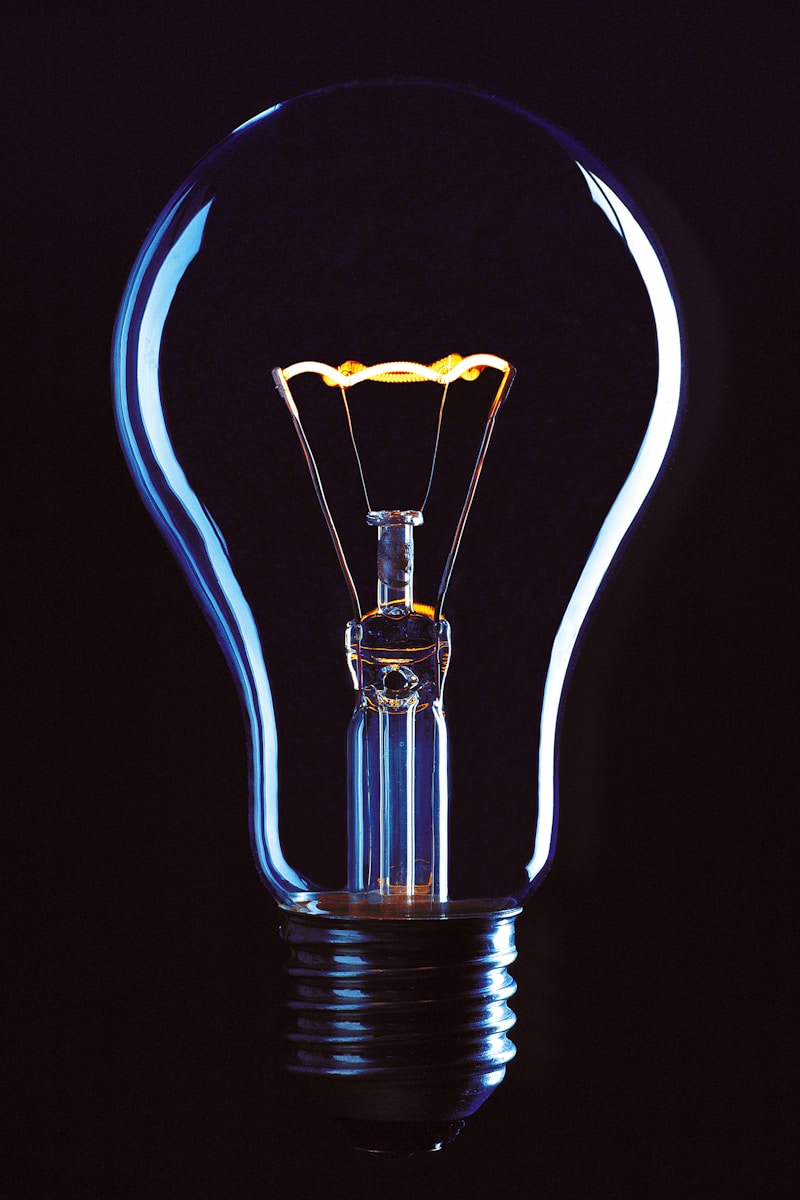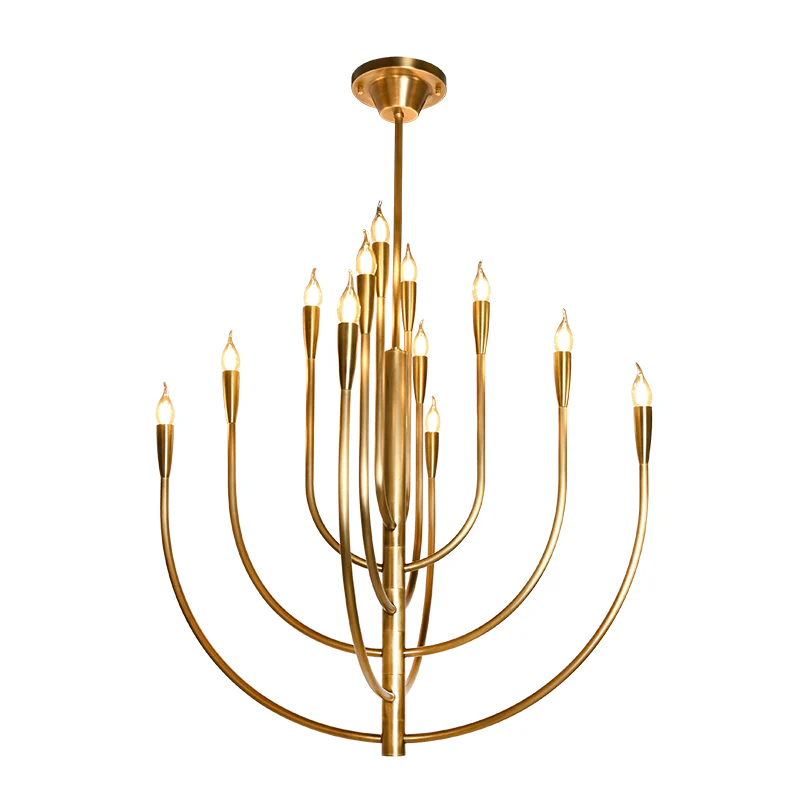The Fascinating World of Scientific Research on Lighting Effects
The Fascinating World of Scientific Research on Lighting Effects
Introduction to Lighting Effects
In the realm of scientific research, the effects of lighting on various aspects of health, mood, and productivity have garnered increasing attention. This article delves deep into the scientific research on lighting effects, exploring its implications in fields such as psychology, interior design, and workplace productivity. Understanding these effects can dramatically enhance our environments, making us more efficient, creative, and happier.
The Importance of Natural Light
Natural light is not just aesthetically pleasing; it's crucial for numerous biological functions. Research shows that exposure to natural sunlight helps regulate our circadian rhythms, influencing sleep patterns, hormone production, and overall well-being. In fact, studies suggest that workplaces with ample natural light can boost productivity by up to 15%.

Health Benefits of Natural Light
Natural light exposure is linked to various health benefits:
- Vitamin D Production: Our bodies synthesize vitamin D when exposed to sunlight, which is essential for bone health.
- Mood Enhancement: Sunlight stimulates the production of serotonin, a hormone that helps improve mood and focus.
- Improved Sleep Quality: Natural light exposure during the day promotes better sleep by regulating melatonin levels.
To summarize the health benefits of natural light, we can view the following table:
| Benefit | Description |
| Vitamin D Synthesis | Essential for bone health and immune function. |
| Mood Improvement | Enhances serotonin levels, leading to better mood. |
| Regulated Sleep Patterns | Improves sleep quality by balancing melatonin levels. |
Artificial Lighting and Its Psychological Effects
While natural light is essential, artificial lighting also plays a crucial role in our daily lives. Bright, white lights can increase alertness and reduce fatigue, making them ideal for workplaces. Conversely, warmer, softer light tones are associated with relaxation and can create a calming atmosphere.
Types of Artificial Lighting
To better understand how different types of artificial lighting affect us, consider these categories:
- Fluorescent Lighting: Common in offices and schools, these lights can sometimes create a harsh environment, contributing to eye strain.
- LED Lighting: Known for energy efficiency, LEDs provide excellent color rendering and have been shown to improve mood and productivity.
- Incandescent Lighting: Often used in home settings, these lights create a warm ambiance that encourages social interactions.
The Role of Lighting in Workplace Productivity
Lighting effects in the workplace are particularly important given the substantial time people spend working indoors. A well-lit environment not only boosts productivity but also fosters creativity and collaboration. The implementation of dynamic lighting systems that mimic natural sunlight can lead to an increase in employee satisfaction.
Case Studies on Workplace Lighting
Several companies have piloted projects focused on optimizing workplace lighting. For example:
- Tech Company X: Implemented LED Lights and large windows, resulting in a 20% improvement in employee productivity.
- Design Firm Y: Introduced color-changing lights that adjust based on the time of day, which enhanced creative brainstorming sessions.
Lighting Effects on Home Environments
The principles of scientific research on lighting effects extend into our homes as well. A well-lit space can affect our mood, comfort, and functionality within different areas of the house.
Key Areas to Consider for home lighting
When setting up lighting in your home, consider the following:
- Living Spaces: Opt for warmer tones to create an inviting atmosphere.
- Kitchens: Bright, white lights are preferable for functionality and safety.
- Bedrooms: Dim, soft lighting promotes relaxation and better sleep.
Technological Innovations in Lighting
Recent advancements in lighting technology, such as smart lighting systems, have allowed individuals to customize their lighting environments further. These smart systems can adjust brightness, color temperature, and even schedule lighting to mimic natural daylight patterns, enhancing our daily experiences.
Future Trends in Lighting
The future of lighting technology includes:
- Human-Centric Lighting: Systems designed to match human biological rhythms, improving health outcomes.
- Integration with IoT: Smart homes that adjust lighting based on user preferences and behaviors.
- Energy-Efficient Solutions: Continuous developments in sustainable lighting options, such as solar lights and advanced LEDs.
Conclusion
The investigation into scientific research on lighting effects reveals significant implications for our health, mood, and productivity. Whether through the benefits of natural light or the strategic use of artificial lighting, we can dramatically enhance our environments. As technology evolves, the opportunity to create adaptive lighting solutions will pave the way for healthier, more productive living and working conditions. When designing spaces or seeking to improve satisfaction and performance, consider the implications of lighting carefully.
Final Recommendations
To make the most of what we've learned:
- Incorporate ample natural light wherever possible.
- Choose the right type of artificial lighting based on the activity and mood you wish to create.
- Consider using smart lighting systems for flexibility and energy efficiency.
In conclusion, as scientific research on lighting effects continues to evolve, it provides a clearer path towards creating environments that support our well-being. Stay informed and implement these insights to enhance your everyday experiences.
